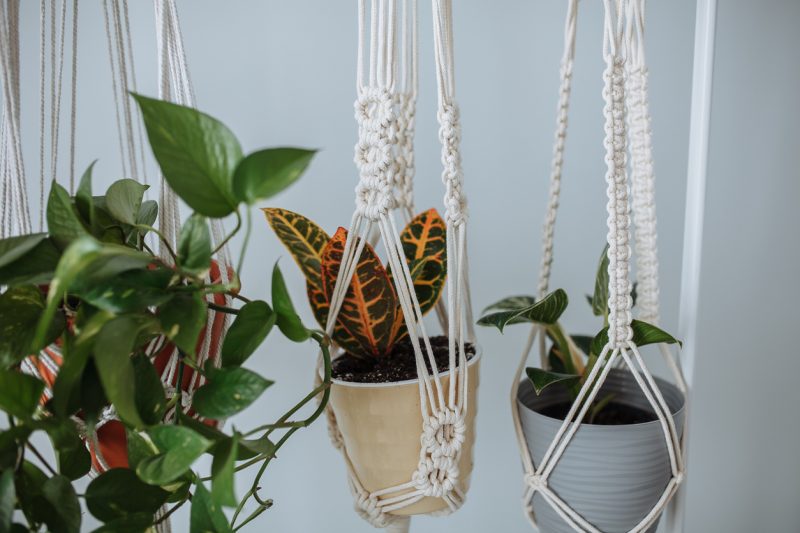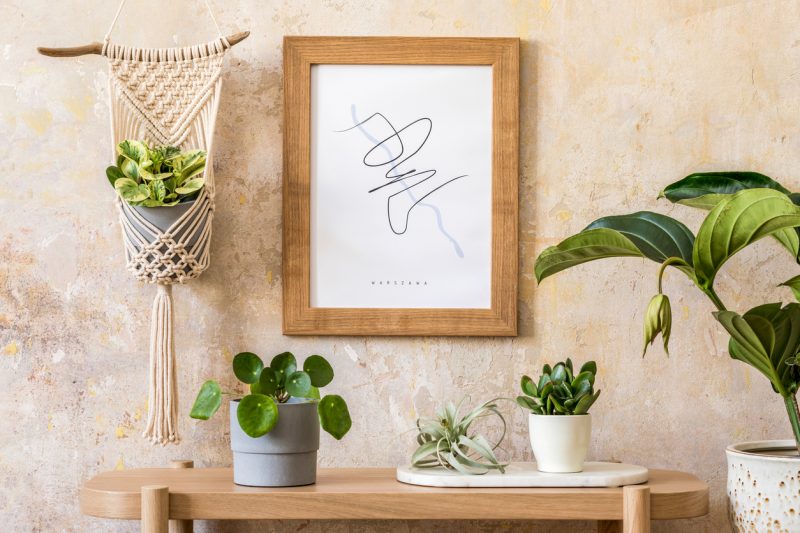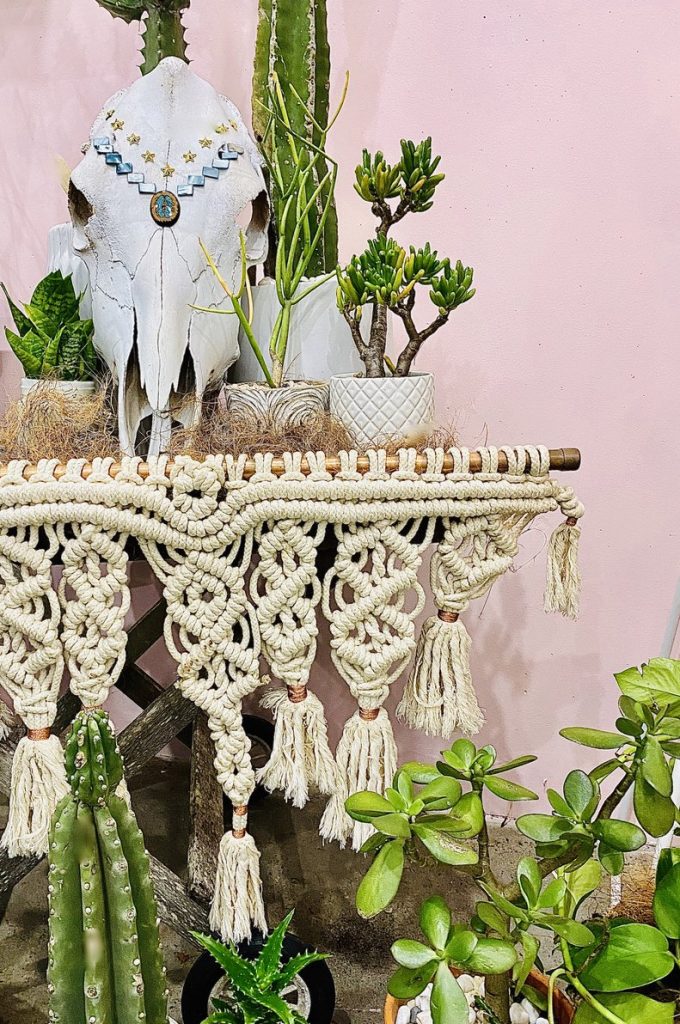
Lovers of Boho-inspired design see the value of macrame in their spaces. On the other hand, those who are less familiar with it will be delighted to know that they can use macrame to decorate their residential spaces, lobbies, offices or simply a blank wall in an abandoned corner.
Most people have heard of macrame, but its use still causes confusion. For example, many think it belongs in a child’s bedroom or another similar area, not knowing that it can actually decorate any space.
Macrame is a knotting technique that uses textiles to create knots of all shapes, forms and lengths out of a rope. Popular styles include wall hanging, hanging planters, pillows and even clothes.
The high-quality material makes macrame the go-to for adding items to interior décor thanks to the refreshing look it adds to a space. Macrame plant hangers can be easily moved with minimal to no wear and tear to the walls, adding texture and colour.

Cotton cord is the most popular material for making macrame, however, it can also be made of different materials.
To avoid causing the plant to be taxing on the macrame plant hanger, it is recommended to use about 15 pounds of weight to ensure durability by limiting the exerted pressure. Most mini faux plants are smaller than the 15-pound weight, so they easily fit into most macrame patterns.
Overusing macrame results in giving a Bohemian look and feel to the place, however, if lightly used, it can add warmth and texture to any space. The key to a balanced look is using it sparingly.
Many people think of macrame as the plant hanger they once saw on grandma’s porch, but modern macrame has diverse uses.
Today’s contemporary design trends can easily incorporate macrame, here are 4 ways to do so:

Macrame and plants go hand in hand, but you don’t have to limit your application of macrame to hanging planters especially since macrame can be a textural complement to virtually any space.